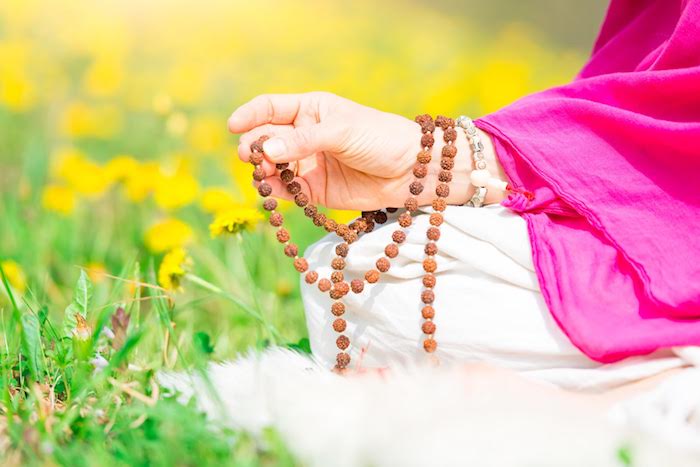
8 Jun 2025 Himalayan Yoga Academy
In today’s fast-paced world, stress has become a part of daily life, often affecting our body, mind, and spirit. Yogic relaxation techniques offer a holistic approach to healing and rejuvenation, promoting balance and harmony on all levels of being. These ancient practices, rooted in the wisdom of yoga, help us unwind deeply, releasing tension and restoring our natural state of peace.
1. Physical Relaxation: Letting the Body Rest
The first step to total relaxation begins with the body. Physical stress can manifest as stiffness, fatigue, or restlessness. Yogic techniques help soothe the nervous system and relax muscles.
Shavasana (Corpse Pose): This is a fundamental pose used at the end of every yoga session. It involves lying flat on the back, arms by the side, and consciously relaxing each part of the body. The focus is on complete stillness and letting go.
Progressive Muscle Relaxation: This method involves tensing and releasing individual muscle groups, helping develop awareness of where tension is stored.
Gentle Asanas: Practicing restorative poses like Child’s Pose (Balasana) or Legs-Up-the-Wall (Viparita Karani) helps calm the body and prepares it for deeper relaxation.

2. Mental Relaxation: Quieting the Mind
A busy mind can lead to anxiety, insomnia, and a lack of clarity. Yogic practices help slow down mental chatter and bring about a sense of calm.
Pranayama (Breath Control): Techniques like Nadi Shodhana (alternate nostril breathing) or Bhramari (humming bee breath) balance the nervous system and calm the mind.
Yoga Nidra (Yogic Sleep): This is a guided meditation that leads the practitioner into a deep state of conscious relaxation. It is said to be as restful as several hours of sleep and is effective for reducing stress and anxiety.
Trataka (Candle Gazing): A meditative technique that involves fixing the gaze on a candle flame. It improves focus, calms the mind, and can even aid in emotional release.

3. Spiritual Relaxation: Connecting Within
True relaxation isn’t complete until the spirit is at ease. Spiritual wellness brings a sense of purpose, peace, and deep inner connection.
Meditation: Whether it’s silent meditation or mantra chanting, this practice connects you to the inner self. Regular meditation fosters self-awareness and inner peace.
Mantra Repetition (Japa): Repeating a sacred sound like “Om” or a personal mantra helps draw the mind inward, transcending ordinary thoughts and aligning with higher consciousness.
Gratitude and Intention Setting: Taking a few moments each day to reflect on what you’re thankful for and setting positive intentions nurtures a sense of contentment and spiritual clarity.

Also Read: Yogic Concept of Health
Conclusion: A Path to Wholeness
Yogic relaxation is not just about taking a break — it’s a journey toward wholeness. By combining physical stillness, mental clarity, and spiritual connection, these techniques offer deep healing and lasting wellness. Whether you’re new to yoga or a seasoned practitioner, integrating relaxation into your daily routine can transform your life from the inside out.
So take a deep breath, lie down in Shavasana, and begin the journey back to yourself — relaxed, renewed, and reconnected.
